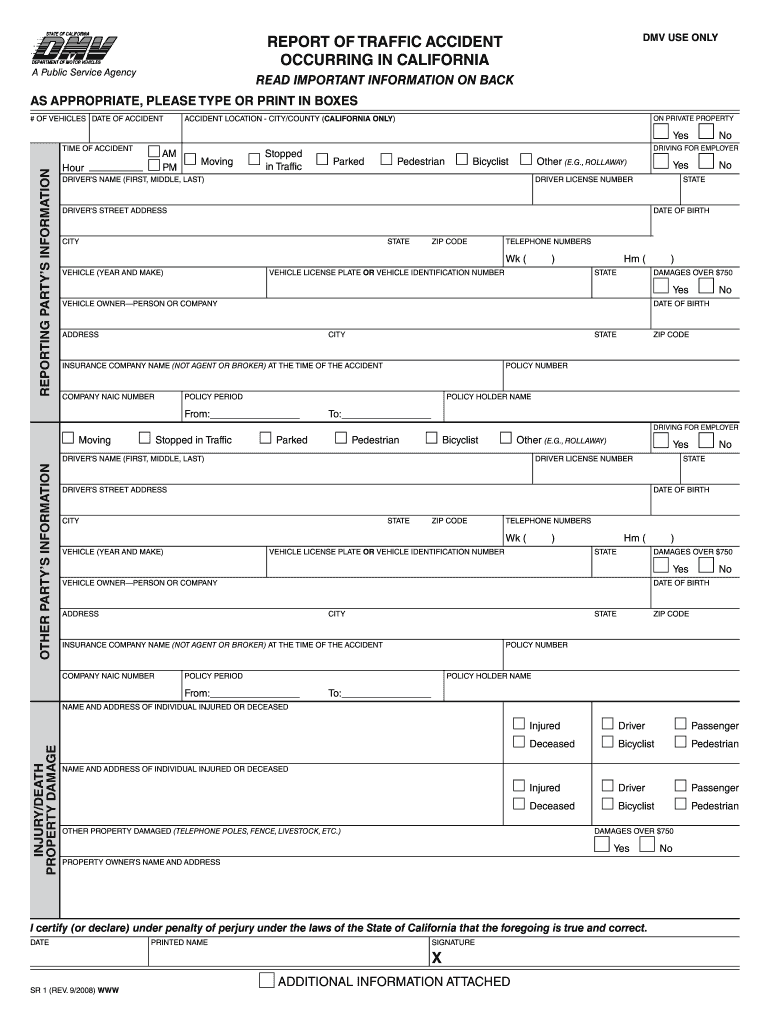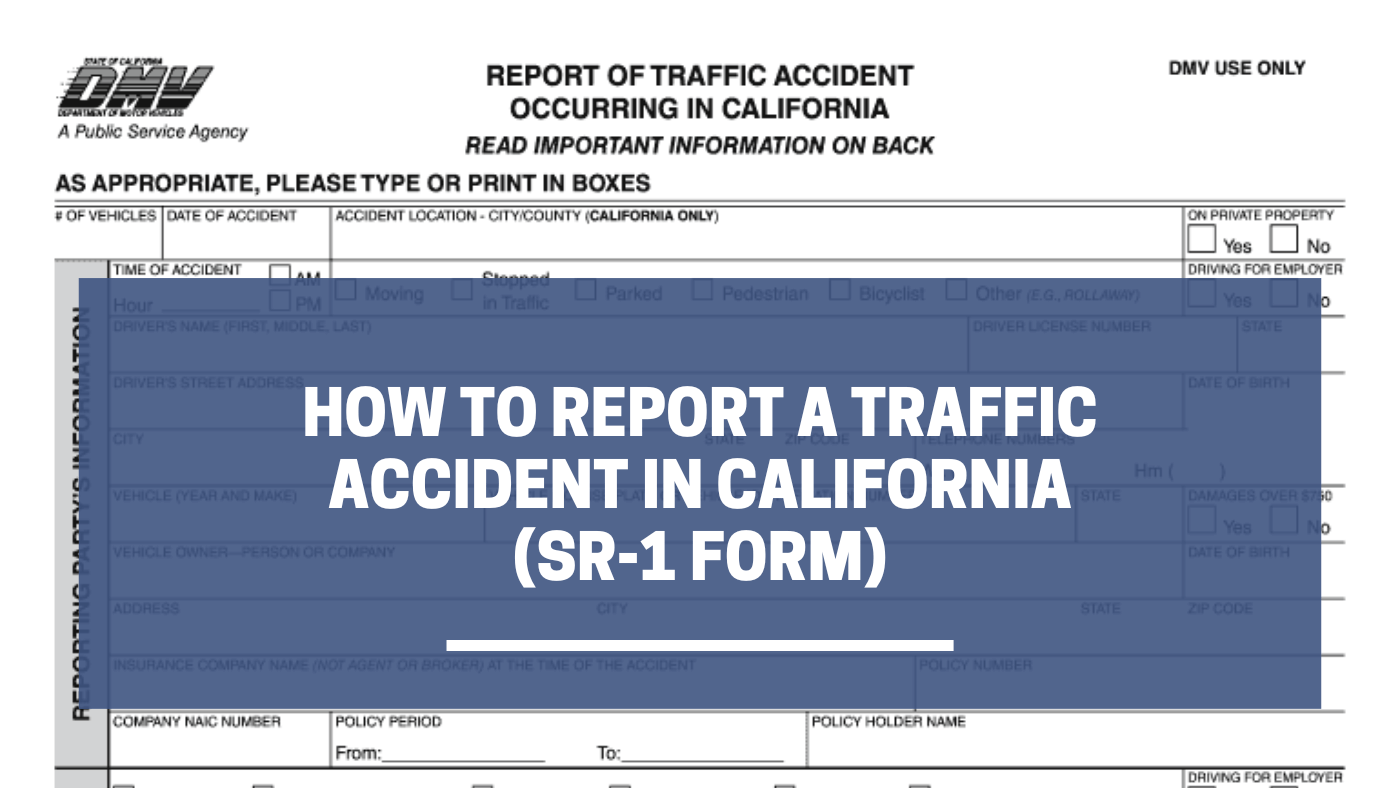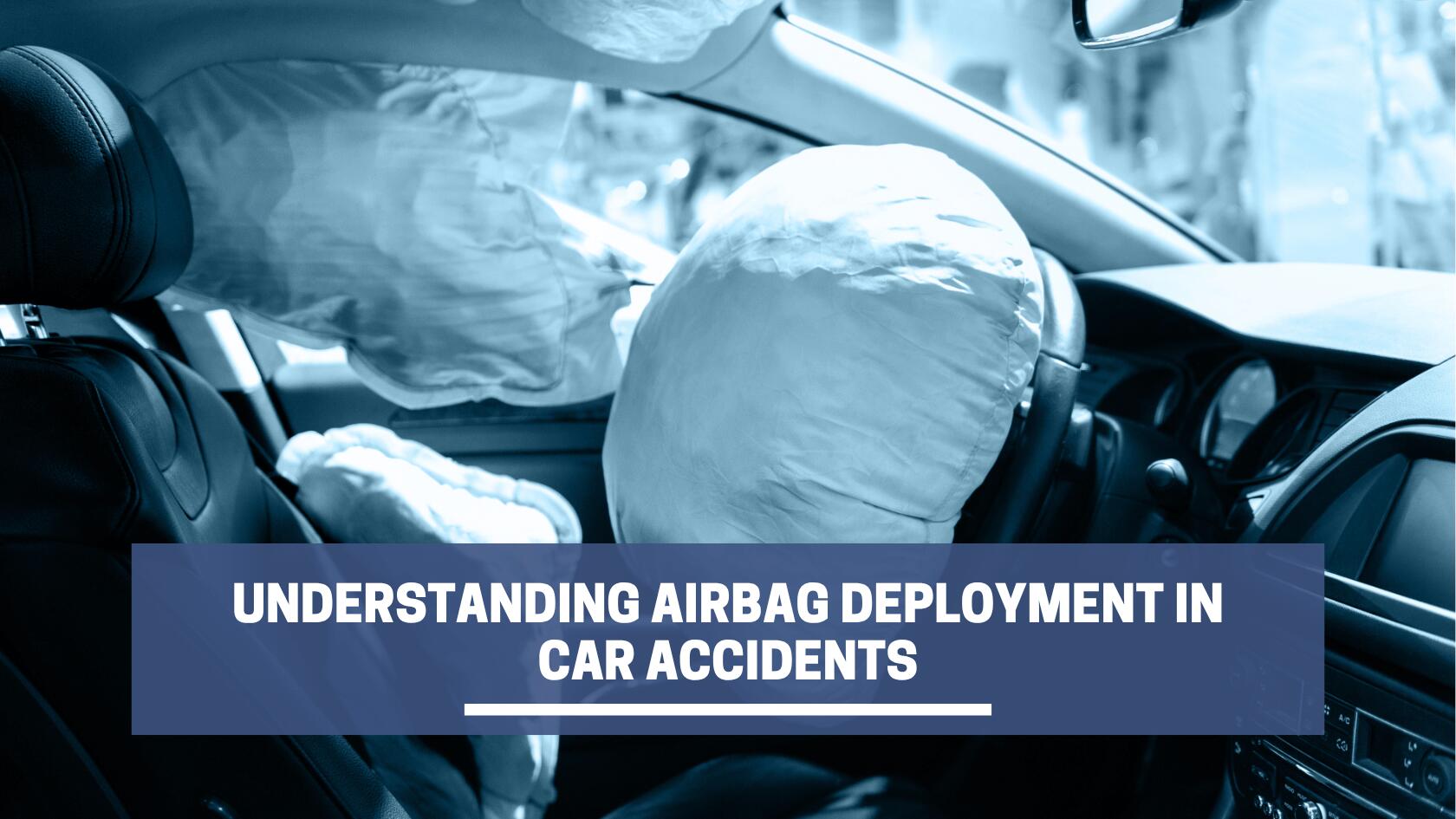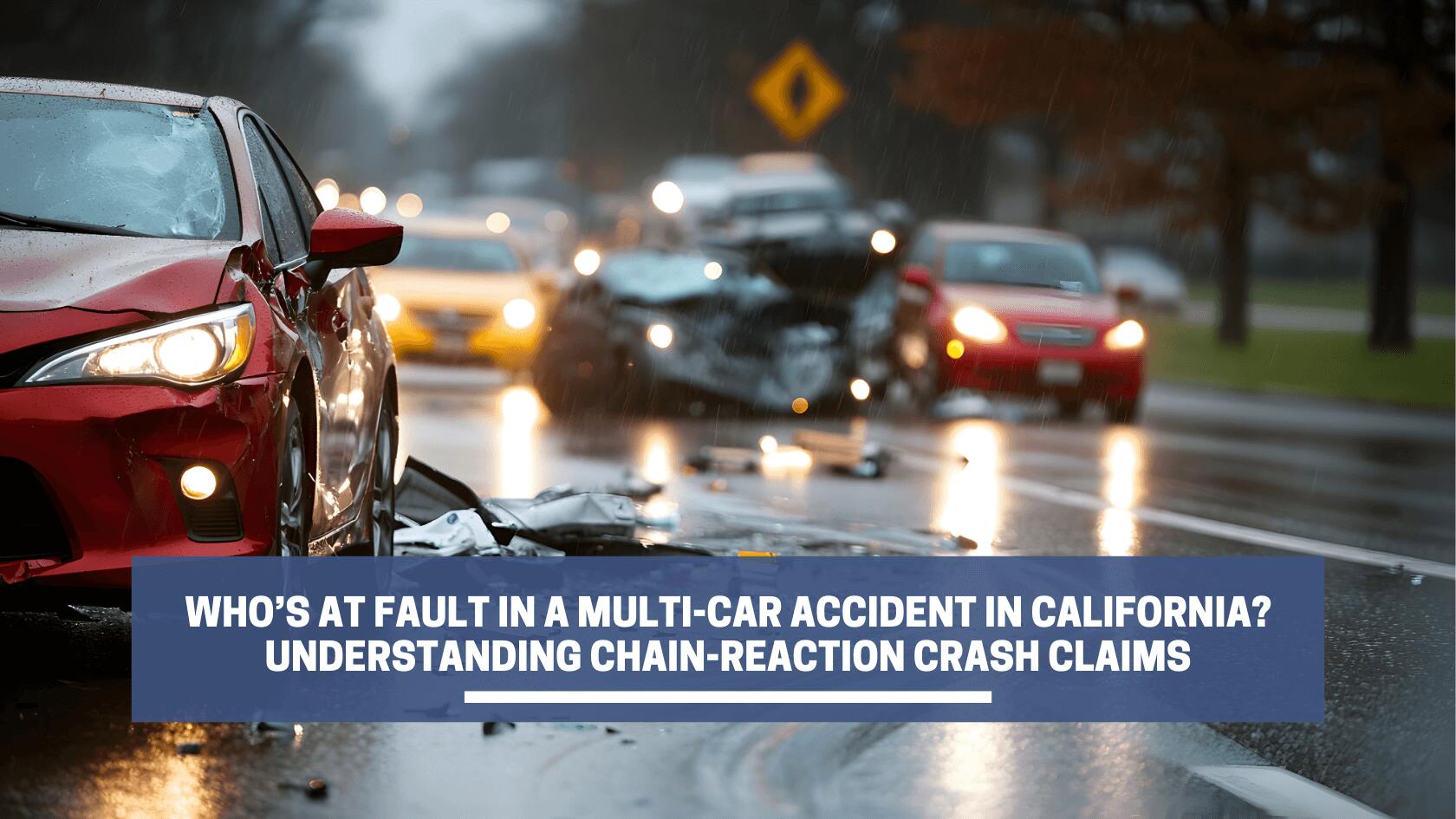If you have recently been involved in a serious car accident in California, you probably have a lot of things on your mind. Medical bills, police reports, vehicle damage, fighting with insurance companies – this can all be very overwhelming, and the last thing you want to deal with is more paperwork.
However, there’s one important document you should not overlook – it’s called an SR-1 form and it’s legally required by the California Department of Motor Vehicles (DMV) to keep track of all major car accidents in the state.
Filling out a SR-1 form can seem like a daunting task, especially if you’ve never done it before. However, with a little bit of guidance and the right information, you can check it off your to-do list sooner rather than later.
What Is Form SR-1?
The Report of Traffic Accident Occurring in California (SR-1) form is used to report a traffic collision to the DMV and provides important information about the accident, such as the location, date, and time, as well as information about the drivers and their vehicles involved in the accident.
State law requires you to submit an SR-1 form to the DMV within 10 days of the collision if:
- The accident resulted in property damage of more than $1,000; ; or
- Anyone was injured (no matter how minor); or
- Anyone was killed;
California DMV SR1 Form

Who Needs to Fill Out California’s SR-1 Collision Form After an Accident?
An SR-1 form is required by any driver involved in an accident which results in death, injury, or property damage over $1,000, regardless of who’s at fault, and even if the accident occurred on private property.
You can either fill out the form yourself or have an attorney, insurance agent, or other designated representative (such as a family member) submit the form on your behalf.
SR-1 forms are available at DMV field offices, at CHP offices, or for you to fill out online here. (Note: Keep in mind that an SR-1 form must be submitted in addition to any other reports required by law enforcement, insurance companies, or the California Highway Patrol (CHP). The investigating police officer or CHP officer will not submit your SR-1 report to the DMV for you.)
What to Do After a Car Accident in California
If you’ve been involved in a collision, let’s first walk through what you should do on the scene of the accident. The first step is to call 911 to report the accident to the police or California Highway Patrol (CHP). If a responding officer doesn’t arrive, you may be required to file a written report yourself within 24 hours (separate from an SR-1 Form). Call your nearest police station to find out how to submit this report.
You’re also going to want to gather as much evidence as possible on the scene of the accident. Provided that you haven’t been too severely injured and are physically capable, you should try to do the following directly after the crash:
- Tell the responding officers everything you can remember about the accident and have paramedics examine your injuries.
- Use your cellphone to take pictures of the scene, including the vehicles involved, damages to your car, traffic signs, and shots of the street, intersection, or highway. Photos of any visible injuries or damage to your clothing should also be included. (Note: keep damaged clothing or loose items as evidence).
- If there are any witnesses, get their contact information.
- Exchange information with everyone affected by the accident (including drivers, passengers, bicyclists, and pedestrians). Try not to make any definitive statements about liability or injuries with the parties involved; these statements may later be used against you by insurance companies.
- See a doctor immediately after the incident and keep all invoices. Have your doctor document all injuries, treatment, and medication needed as a result of the accident.
After these urgent tasks have been take care of, you are now ready to report the car accident to the DMV by submitting an SR-1 form.
What Are the Steps to Submitting an SR-1 Form in California?
Step 1: Gather Information
The first step is to gather the information and documents you will need, including:
- Your driver’s license or identification (DL/ID) card
- Your vehicle’s license plate number or vehicle identification number (VIN)
- Your vehicle’s insurance information
- Other party’s vehicle and insurance information, if applicable
Step 2: Fill Out the DMV SR-1 Form
After gathering all the necessary information, it’s time to fill out the SR-1 form. Here are the sections you’ll need to complete:
- Reporting Party’s Information: This section asks for general information about the accident, such as the date, time, and location. You will also need to provide your basic information such as your name, address, phone number, driver’s license number, vehicle information, insurance information, and more.
- Other Party’s Information: This section asks for information about the other drivers involved in the accident, including their names, addresses, phone numbers, driver’s license numbers, vehicle make, model, and year, and license plate numbers.
- Injury / Death / Property Damage: This section asks for the name and address of the individuals injured or deceased as a result of the accident, as well as the extent of the property damage sustained.
- Insurance: This section asks for detailed insurance information of the vehicles involved in the accident, including policy number, vehicle information, and the name and address of the driver, owner, and policyholder.
Step 3: Submit the SR-1 Form
Once you’ve filled out the SR-1 form, you’ll need to submit it to the DMV no later than 10 days after the accident.
What Happens if You Miss DMV’s SR-1 Form Deadline?
According to the California Vehicle Code §16004, if you fail to submit and SR-1 report within 10 days of a major accident the penalties are as follows:
- Suspension of your driver’s license. The state could impose additional administrative punishments on your driving privileges. If you didn’t report an accident due to criminal intent, you may incur several fines or even face jail time.
- Loss of insurance benefits and inability to take legal action. If you do not submit the SR-1 form in time, your insurance company may deny your claim. You also won’t be able to file a lawsuit against the at-fault driver’s insurance provider unless you submit the SR-1 form report first.
Contact a California Car Accident Attorney Today
According to California law, victims have up to two years from the date of the accident to file claims for injuries – but you don’t want to wait that long. Over time, it can become more difficult to secure evidence and locate witnesses. We know from experience that the sooner you start your claim, the stronger your case will be, and the highest payout you will receive.
Let one of our experienced car accident attorneys help you streamline the entire process and make your case as air tight as possible. We can take care of all the paperwork, forms, and legal documentation in a timely manner so that you can focus on your recovery. Shirvanian Law Firm offers a free consultation to discuss your case (whether it’s a new or ongoing case) and provide legal guidance. Contact us now.











